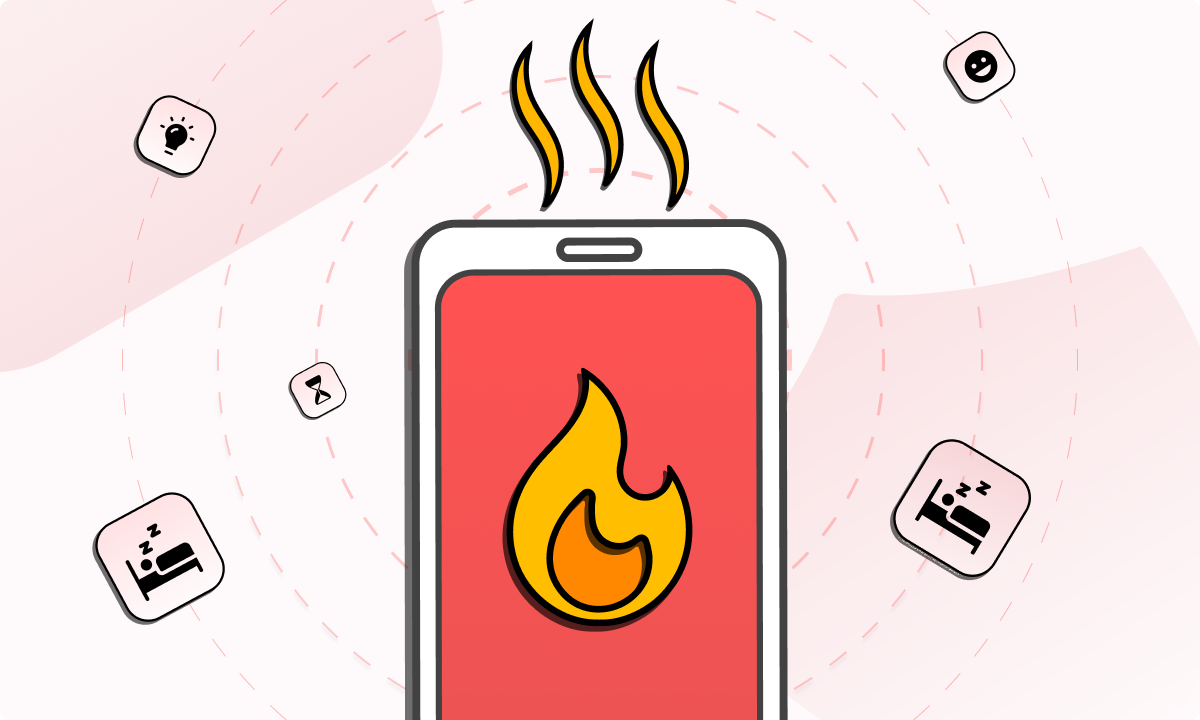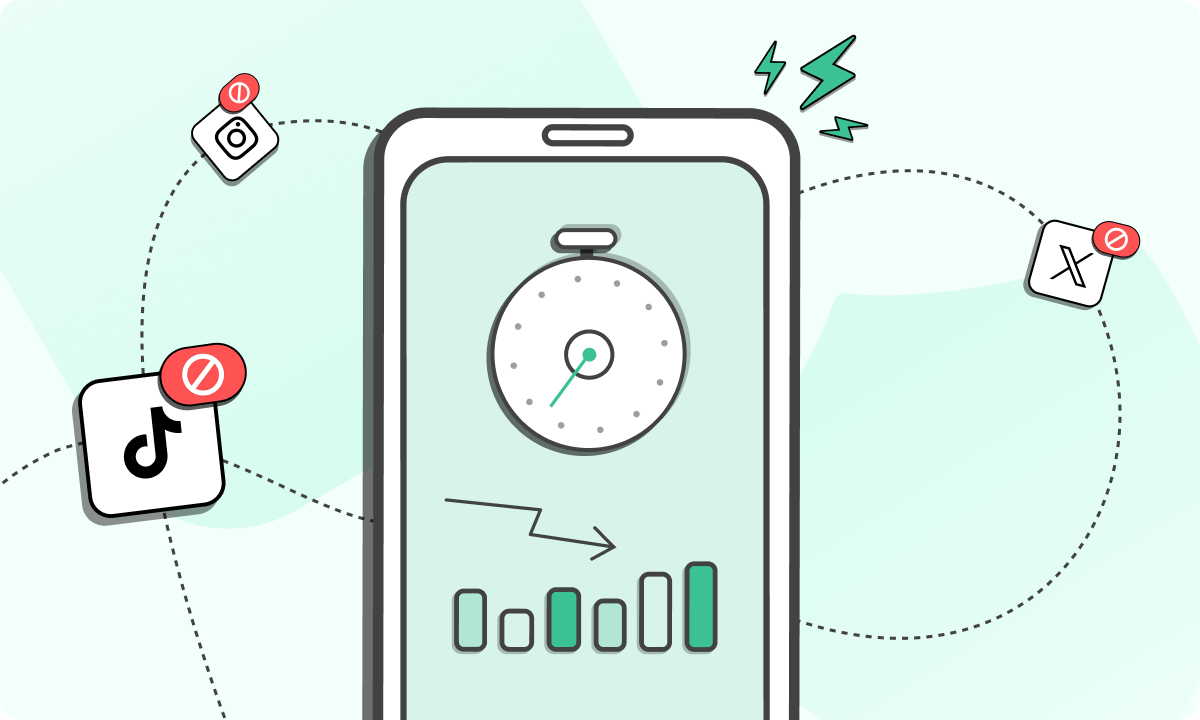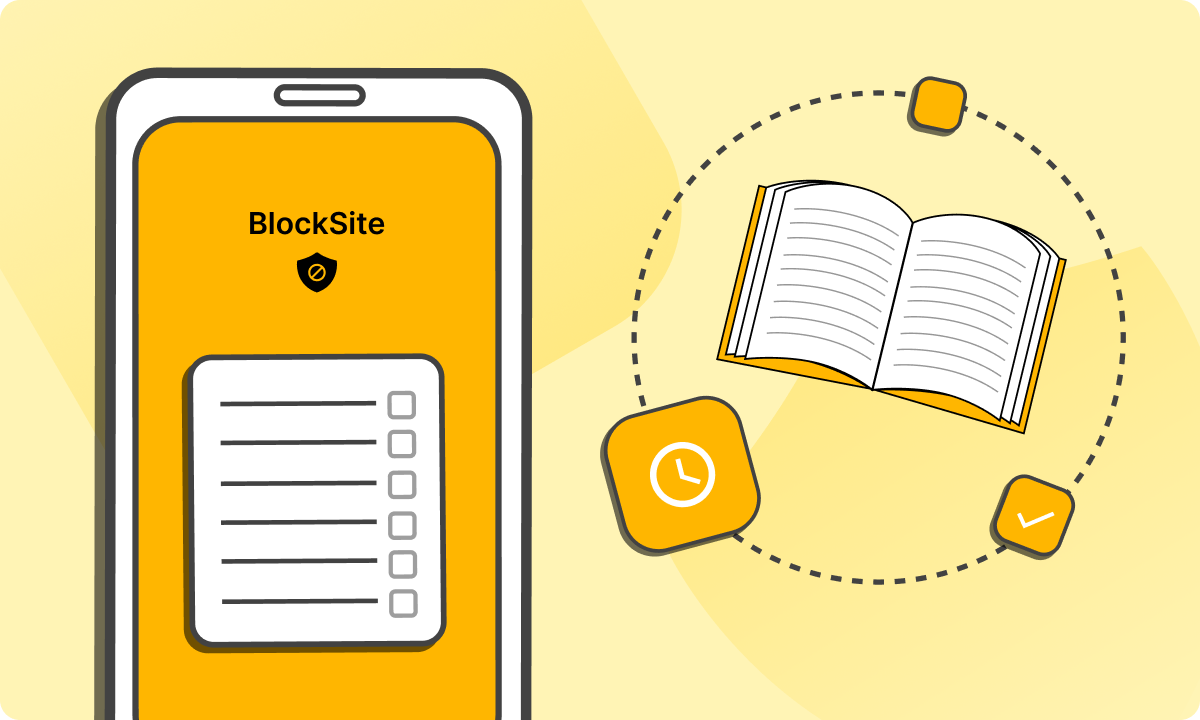Around 89% of Americans make impulsive purchases online, according to an insight from the Rubicon Recovery Center. It’s a clear sign that shopping addiction is rampant. This addiction can lead to financial strain and emotional distress, but the good news is that overcoming it is possible with the right strategies.
If you’re suffering from this disorder, knowing the triggers and finding healthier ways to cope can help you break the cycle. Here, we will cover practical tips to regain control and develop healthier spending habits.
What is a Shopping Addiction?
Shopping addiction, officially known as compulsive buying disorder (CBD), manifests as an uncontrollable urge to shop that significantly disrupts personal, financial, or professional well-being. This condition is characterized by a preoccupation with buying and spending that leads to adverse outcomes. Unlike casual shopping that is done occasionally and within financial limits, a shopping addiction compels individuals to purchase items without consideration for necessity or consequences.
The behavior is often driven by an emotional desire to experience the temporary high or relief that shopping can provide, similar to the effects of addictive substances. Individuals with this addiction find shopping to be a primary way to cope with stress, depression, or anxiety, but the relief is fleeting. After the initial euphoria wears off, it typically leaves behind feelings of guilt, regret, and financial stress. This pattern not only perpetuates the cycle of addiction but also deepens the psychological dependency on shopping as a coping mechanism.
Addiction to shopping can severely impact all aspects of an individual’s life, including financial ruin, strained relationships, and significant mental health challenges. It’s crucial to recognize and address this addictive behavior early to prevent long-term damage and begin the process towards recovery.
Signs of Shopping Addiction
Identifying shopping addiction involves more than just noticing an increase in shopping frequency; it’s about recognizing the compulsive behaviors and emotional responses tied to shopping activities. Here are detailed descriptions of the primary signs that suggest a shopping addiction may be present:
Euphoric Rush
Individuals experiencing shopping addiction often report a feeling of excitement or a “high” during the purchase process. This sensation is akin to those reported by individuals addicted to substances, where the act of buying temporarily boosts mood or provides emotional escape. The rush is usually intense and gratifying but fleeting, leading to repeated behavior to recapture that feeling.
Compulsive Urges
A hallmark of shopping addiction is the overwhelming urge to buy, which can seem irresistible. These urges often lead to impulsive actions, such as making unplanned purchases or spending beyond one’s means. The compulsive need to shop typically overrides rational decision-making and can occur at any time, sometimes triggered by emotional distress or exposure to shopping stimuli.
Unnecessary Purchases
Shopaholics frequently acquire items that they do not need and sometimes do not even intend to use. The purchases are often justified as being on sale, unique, or beneficial in the future. However, many of these items end up unused, tags intact, often hidden away in closets or even completely forgotten.
Financial Repercussions
Perhaps the most measurable sign of shopping addiction is the financial strain it causes. This may manifest as maxed-out credit cards, depleted savings accounts, or even significant debt accumulation. The financial impact can extend to late or missed payments on bills and other necessities, leading to a deteriorating credit score and increased financial stress.
Secrecy About Spending
Many individuals with a shopping addiction feel a deep sense of shame or guilt about their shopping habits and expenditures. This often leads them to hide their purchases from family and friends, lie about the cost of items, or be secretive about their shopping trips. The need to conceal such behavior is a strong indicator of problematic shopping.
Relationship Strain
Shopping addiction doesn’t only impact the individual; it often affects their relationships with others. The secrecy and financial strain can lead to trust issues and conflicts with partners, family members, and friends. As debts accumulate, the individual might borrow money from loved ones without the ability to repay, further straining relationships.
Each of these signs on their own may not necessarily indicate an addiction. However, when several are present together and cause significant distress or impairment in personal, social, or financial functioning, they suggest a serious problem that might require intervention.
How to Recover from a Shopping Addiction
Overcoming shopping addiction requires a comprehensive approach that addresses both the psychological triggers and the habitual actions associated with excessive spending. Here are nine actionable tips on how to get over shopping addiction so you can regain control of your spending habits:
1. Use BlockSite’s Tools
Utilizing technology can contribute to your efforts in managing and overcoming shopping addiction effectively. BlockSite is a site blocker that offers several features which can assist you in this process:
Block List
This allows you to block specific online stores. Once a site is added to the Block List, it becomes inaccessible. This helps to prevent impulse purchases.
Category Blocking
This feature blocks entire categories of websites, like retail or auction sites. This can be particularly useful if you find yourself browsing through different retailers without a specific target in mind.
Block by Keywords
Using this feature, any search terms or keywords related to shopping can be blocked. This prevents you from searching for new items or sales, which is often a precursor to shopping sprees.
Custom Block Pages
When you attempt to access a blocked site, this tool will display a custom message instead. This message can be a personal reminder of the reasons for overcoming the addiction or motivational quotes to reinforce your commitment to recovery.
2. Acknowledge the Problem
One of the first steps in overcoming shopping addiction is admitting there is a problem. This involves self-reflection and recognition of the adverse effects the addiction has on your life. Acknowledgment allows you to take responsibility for your actions and is the foundation for all other steps in the recovery process.
3. Set Financial Goals
Clear financial goals can guide you towards financial health, and can give you the motivation to curb spending. Your goals might include:
- Saving for a significant event
- Paying off debt
- Creating an emergency fund
Take note: these goals should be specific, measurable, achievable, relevant, and time-bound (SMART) to increase the likelihood of success.
4. Limit Exposure
Reducing your exposure to tempting situations is a part of managing your shopping impulses. This may involve the following:
- Unsubscribing from marketing emails
- Avoiding shopping channels
- Not browsing online stores
- Turning off notifications and alerts from e-commerce apps
It’s about creating a controlled environment where the temptation to shop is minimized. This makes it easier to break habitual patterns of compulsive shopping.
5. Use Cash Over Credit
Paying with cash instead of credit cards helps make the spending more tangible. Credit cards can easily mask the feeling of spending real money and this often leads to overspending. Using cash forces you to confront directly the amount of money being spent. This promotes a more mindful strategy to purchasing.
6. Organize a Support System
Having the support of family and friends can make a significant difference in overcoming your shopping addiction. Loved ones can:
- Offer you emotional support
- Help monitor your spending habits
- Provide you with accountability
Sharing struggles with a supportive network can also diminish the shame and secrecy often associated with shopping addiction.
7. Reflect on Purchases
Implementing a waiting period before making a purchase can help reduce impulsive buying. This could be a 24-hour or even a 30-day wait, and this should depend on the item’s cost and actual necessity. The waiting period allows time for you to consider whether the purchase is really necessary and if it aligns with your long-term financial goals.
8. Identify Triggers
Knowing what triggers your desire to shop can be helpful. Triggers could be emotional, such as feeling stressed or sad, or situational, like entering a mall or a holiday sale event. Once these triggers are identified, you can develop strategies to cope with them without resorting to shopping.
9. Seek Professional Help
Since shopping addiction often masks deeper psychological issues, seeking help from a mental health professional can be highly beneficial. Therapists may be able to help uncover underlying causes such as:
- Anxiety
- Depression
- Low self-esteem
They can provide strategies to cope with these issues in healthier ways. Support groups specifically for shopping addicts can also offer a community of understanding, so the recovery journey is less isolating.
Seize Control, Not Just Goods
Reclaiming your life and finances requires proactive steps towards overcoming your shopping addiction. Remember, each decision to resist a purchase strengthens your ability to manage impulses and prioritize your financial and emotional well-being. Also keep in mind that recovery is a continuous process so every small victory accumulates to significant change.
Making use of tools like BlockSite can provide the necessary support to maintain your commitment to recovery. It helps you create an environment where temptation is minimized so you can focus more on your long-term goals. Start taking control of your habits by putting these strategic barriers and fostering a supportive network. The path to recovery is within your reach, and every step forward is a step towards a healthier, more balanced life.
FAQs
What makes shopping addiction different from regular shopping?
Shopping addiction differs significantly from regular shopping due to its compulsive nature. While regular shopping is typically planned and budgeted, shopping addiction involves impulsive and uncontrollable spending that often leads to financial distress and emotional problems. It is not the frequency of shopping that defines addiction, it’s the inability to control the urge and the adverse effects it has on one’s life.
Can shopping addiction be treated without professional help?
While some individuals may find success in managing mild symptoms of shopping addiction on their own through self-help strategies and community support, many cases require professional intervention. This is particularly true for those whose behavior has led to severe financial issues or emotional distress. There are plenty of professional treatment options and this includes therapy, financial counseling, and support groups that address the underlying causes of addiction.
What are the long-term effects of shopping addiction?
The long-term effects of shopping addiction can be severe and have an effect on various aspects of life. Financially, it can lead to substantial debt, poor credit, and even bankruptcy. Emotionally, the constant stress from accumulating debt and hiding behavior can lead to depression, anxiety, and strained relationships. Socially, individuals may isolate themselves or become estranged from loved ones due to their spending habits and the secrecy surrounding them.
How does shopping addiction affect personal relationships?
Shopping addiction often strains relationships as it involves significant secrecy and financial instability. Individuals may lie about or hide their spending habits and this may lead to trust issues. Furthermore, the financial burden from excessive shopping can create tension and conflict within families, especially if finances are shared.
Are there specific types of products that tend to fuel shopping addiction more than others?
Shopping addiction can involve any category of products, but certain types are more commonly associated with compulsive buying behaviors. These typically include items that are marketed as limited editions or those that frequently change. This could include fashion items, technology gadgets, and collectibles. The thrill of acquiring new and unique items often fuels the cycle of addiction.






